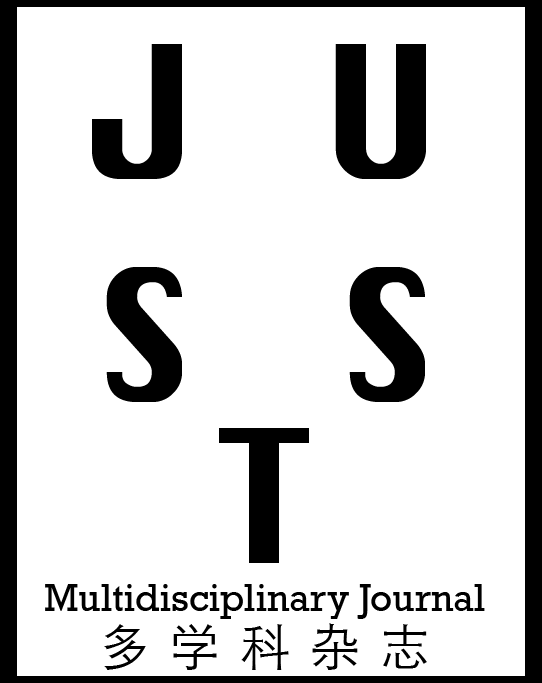Particulate Reinforced Al/SiC Metal Matrix Composites (PRALSICMMC) is gradually becoming very important materials in manufacturing industries e.g. aerospace, automotive, and automobile industries due to their superior properties such as lightweight, low density, high strength to weight ratio, high hardness, high temperature, and thermal shock resistance, superior wear and corrosive resistance, high specific modulus, high fatigue strength, etc. In this study aluminum (Al- 6063)/SiC Silicon carbide reinforced particles metal-matrix composites (MMCs) are fabricated by melt-stirring technique. The MMCs bars and circular plates are prepared with varying the reinforced particles of SiC by weight fraction ranging from 5%, 10%, 15%, and 20%. The average reinforced particles sizes of SiC are 220 mesh, 300 mesh, and 400 mesh respectively. The stirring process is carried out at 150 revs/min rotating speed by graphite impeller for 15 min. A series of machining tests are performed on EDM. Copper electrodes are used as tools (cathode), Prepared specimens of Al/SiC MMCs are used as workpiece (anode) and kerosene is used as the dielectric fluid. The Performance parameters measured during experimentation were Tool Wear Rate (g/min), Metal Removal Rate (g/min), Over Cut on diameter (mm), and Average Surface Roughness Ra (μm) for each experiment by varying Pulse Peak Current IP (2 Amp, 6 Amp, 10 Amp,14 Amp) and gap voltage Vg ( 25 Volts, 30 Volts, 35 Volts, and 40 Volts). The investigations of results are done graphically.
